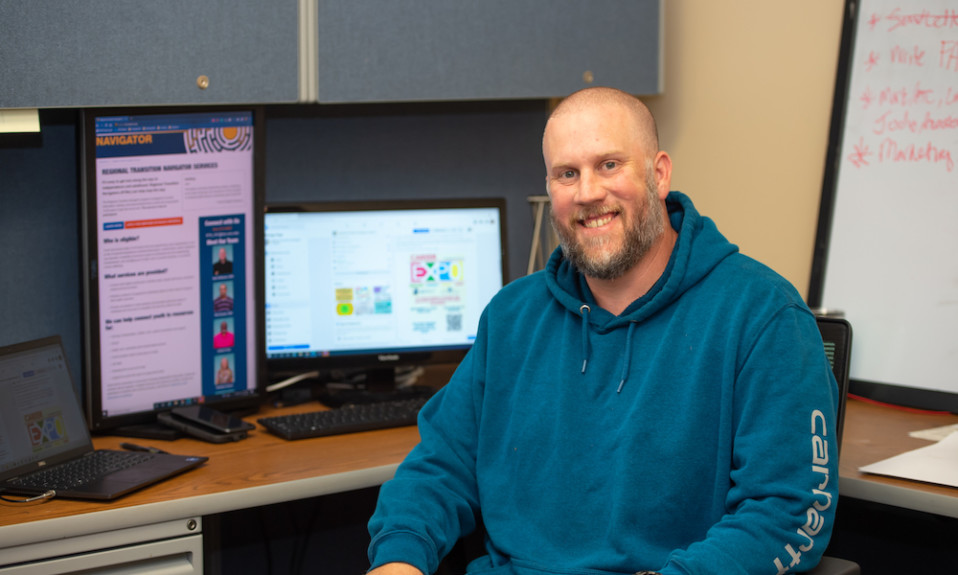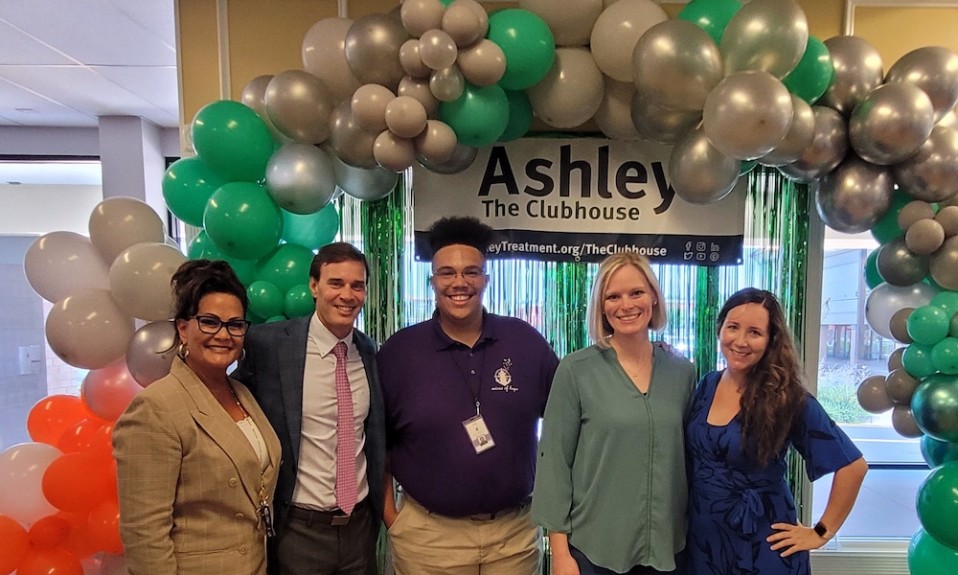The innovative program Regional Transition Navigator, created by West Virginia University, places its focus on early prevention
By Jason Langendorf
As overdose death rates among young people continue to spike, stakeholders in the treatment community are placing greater emphasis on early prevention of drug use and mitigating the social factors associated with substance use disorder (SUD). Among the latest efforts: a West Virginia University program broadly designed to improve health outcomes among at-risk adolescents and young adults.
The Regional Transition Navigator program will provide information, training, resources and services to individuals age 14 to 25 who are deemed to be at risk of substance use disorders, mental illness and/or related complications. Program resources may include housing, transportation, utilities, food, violence prevention and support, school, healthcare, mental health services, life skills coaching, advocacy and support for young people who have run away from home.

Led by Lesley Cottrell, PhD, director of the West Virginia University Center for Excellence in Disabilities (CED), the program is jointly funded by a $432,000 grant from the Substance Abuse and Mental Health Services Administration (SAMHSA) through the West Virginia Department of Health and Human Resources.
Sam Wilkinson is one of six Regional Transition Coordinators appointed by the CED to conduct assessments, help identify needs and connect program participants to service providers.
“The program aims to be as malleable as possible when working with its clients,” Wilkinson said. “What works for one client will not necessarily work for another, and our goal is maximized flexibility that allows us to respond to individual needs. As a result, response is tailored on a case-by-case, or perhaps more accurately, a situation-by-situation basis. Our goal is working to solve the immediate challenges as part of a longer-term strategy of teaching problem-solving skills useful throughout one’s life.”
“Addiction Is an Equal Opportunity Opponent”
Substance use disorders and mental health disorders are often co-occurring, and separating their causes and correlations—some genetic, some driven by societal factors—is a complex puzzle that also happens to be unique to each individual.
“Addiction is an equal opportunity opponent,” Wilkinson said. “Lives are lived not in blacks and whites, but in shades of gray. Our long-term desired outcomes are to help folks into better situations than the ones they are currently in, no matter what that situation might be.”
“Reaching younger folks can serve as an intervention before decision-making calcifies into bone-deep habits.”
—Sam Wilkinson
Those situations can be heavily influenced by poverty, violence, education and more, including the effects of the pandemic. The proliferation of synthetic opioids such as fentanyl has also created a more volatile and dangerous street drug supply. Wilkinson says the program has enrolled about 30 participants so far, and would like to add more. Candidates can be referred to the program by anyone, or even refer themselves.
“Reaching younger folks can serve as an intervention before decision-making calcifies into bone-deep habits,” Wilkinson said. “We want to do supportive work that helps individuals choose healthier paths. Through the provision of direct, personalized connection, we are hopeful to benefit both them and their communities.”














